How the Military Helmet Evolved From a Hazard to a Bullet Shield
With the development of Kevlar and advanced industrial design, soldiers are now better protected from traumatic brain injury
/https://tf-cmsv2-smithsonianmag-media.s3.amazonaws.com/filer/e1/b0/e1b001bf-e404-4048-a981-266319316933/schwarzkopf_pasgt.jpg)
The object itself is impressive. A Kevlar casque, covered in a sheath of pale-brown desert camouflage cloth, it has a neoprene olive-drab band around the helmet’s lower rim, with the soldier’s name embroidered on it in black. But on this helmet there are also four black stars in its front, just above the visor and “name band.” The stars are there because this particular helmet once belonged to General Norman Schwarzkopf, Jr. , the commanding American General in Operation Desert Storm, which began in January, 1991.
“What’s most amazing to me about General Schwarzkopf’s helmet,” says Frank Blazich, Jr., curator of modern military forces at the Smithsonian’s National Museum of American History in Washington, D.C., “is that it represents how technology and innovation work together in the field of ground-forces protection.”
Known as PASGT (for Personal Armor System Ground Troops), the helmet was introduced to the U.S. ground forces in the years following the Vietnam conflict—and was initially employed in limited numbers during actions in Grenada and Haiti in the 1980s. It was in wide use by American ground forces by the time Operation Desert Storm was initiated in 1991, when U.S. forces led a coalition of 34 nations to liberate Kuwait after its occupation by Iraq in August of 1990.
On May 20, with Gen. Norman Schwarzkopf’s Operation Desert Storm helmet as a centerpiece, the Smithsonian’s Lemelson Center for the Study of Invention and Innovation will host Military Invention Day, an exploration of how objects developed for the battlefield have been adapted into endless aspects of American culture.
Along with General Schwarzkopf’s helmet, will be examples of the entire line of American military helmets over the past century; alongside a thorough timeline of other, different implements of modern warfare. In each example, the program will showcase how advancing military technologies have changed the face of battle and force protection since World War I, and how those technologies than migrated into other areas of American life.
Still, no area of military personnal technology might be more indicative of how change has come to war than the American military helmet. “In 1917,” Blazich says, “when America entered World War I, we used a variation of the British helmet of the time, called the Brodie Helmet, or Mark 1 helmet.” The American helmet was called the M1917.
Effectively an overturned metal dish weighing about 1.3 pounds, with a basic liner to keep a soldier’s scalp from chafing against the helmet’s manganese-steel alloy shell, plus a solid chinstrap that cinched tight, it was a primitive tool at best. As a protective device, Blazich says, it didn’t do much more than keep explosion-driven rocks off the tops of soldier’s heads while they were in the trenches of France. “Though it could also be protective against shrapnel, which was also a big concern in that war,” Blazich adds.
Yet with no real face and side-skull coverage, it left troops wide open to facial and cranial injury, and lasting disfigurement from shell fragmentation was an enormous problem in World War I.
The Brodie Helmet also had other inherent dangers. The chinstrap, which once tightened down, was hard to release: so if a Doughboy’s helmet got trapped or lodged between objects the situation could prove fatal, as the soldier would have a difficult time getting the helmet off and would therefore be trapped and immobile on the field of battle.
Still, despite the M1917’s liabilities, innovation remained slow. In 1936, a slightly more protective version was rolled out, called the M1917A1, or “Kelly” helmet. It had a more comfortable helmet liner and an improved canvas chinstrap. The intent of these changes was to improve the helmet’s overall balance and performance. But it still didn’t provide the kind of protection from side assault that the War Department desired.
So in 1941, in the run-up to World War II, the Army and several of its research partners rolled out the M1 helmet: which had a slight brim on its front to keep precipitation off a soldier’s face and a slightly lipped rim all the way around. The helmet’s sides also trailed down to cover half a soldier’s ears before dropping down to cover the back part of a soldier’s skull. It also employed a manganese steel outer shell that weighed just 2.85 pounds and an inner molded fiber-plastic liner. And later in the war, it was upgraded with an improved canvas chinstrap, “which would break away under pressure,” Blazich says.
“The M1 helmet liner was a big improvement,” says Blazich, “as it allowed for a much closer, more-custom fit. Somewhat remarkably, they originally took the idea for the liner from the liner of Riddell football helmets of the age.”
Blazich says the liner used a network of adjustable webbing connected together, which could be tightened or loosened like the fitting inside today’s construction hard hats, allowing the helmet to more-precisely conform to each soldier’s individual skull features. “It was an enormous development.”
The helmet’s steel still couldn’t stop some close-range bullets or shrapnel, but it offered far better coverage and protection for the skull, appreciably saving American lives. That said, it was somewhat heavy, and was often referred to by troops as the “Steel Pot.” But despite its weight liability, the helmet proved so successful and effective in combat operations that, despite a few design improvements in the liner and exterior flared edging, its use was continued through the conflicts in Korea in the 1950s and Vietnam in the 1960s and 70s.
Then, in 1965, DuPont chemist Stephanie Kwolek invented Kevlar. “That was a game-changer,” says Blazich. In the 1970s, several Army agencies—led by the Army Natick Development Center at the Watertown Arsenal in Massachusetts—began work using layers of tough, puncture-resistant Kevlar 29, a synthetic ballistic fiber bonded with a synthetic polymer resin, to create a helmet capable of stopping most bullets, as well as shrapnel and shell fragments in a skull protecting device that weighed between 3.1 (for the small model) and 4.2 pounds (for the extra-large size).
Because of the malleability and plasticity of Kevlar in the design process, the Army and its agencies were able to make a far more efficient helmet design, creating the PASGT, similar to the one General Schwarzkopf donated to the Smithsonian in 2007. Its design also allowed for coverage of the ears and the back of the skull all the way to the nape of the neck.
Though some of the American troops referred to it as the “K Pot,” referring to its outer Kevlar material, others called it “the Fritz” for its resemblance to the scallop-edged “Stalhelm” helmet worn by German soldiers in both World Wars. But despite the disparaging nickname, the PASGT’s protective qualities, due to the Kevlar exterior, proved a vast protective improvement over the M1. While still not perfect at stopping close-range bullets and shrapnel and shell fragments, the helmet’s provision of safety was recognized as a quantum protective leap forward.
First used combat in Operation Urgent Fury in Grenada in 1983, by the time Operation Desert Storm came around in 1991, it was welcomed as standard equipment until the PASGT, too, was replaced by a new model in 2003.
That year, because the flexibility of Kevlar layered fiber coupled with another evolution in advanced industrial design, the Army rolled out the Advanced Combat Helmet (or ACH). Now constructed of advanced Kevlar 129 and chemically similar Twaron brand ballistic fibers, the ACH is a masterpiece of contemporary military design. Lighter—at 2.4 pounds—and narrower in silhouette, it has better coverage of the ears and also the back of the neck, and offers even better, harder-sided protection from ballistic projectiles, from bullets to shrapnel and shell fragments. It also has an even more sophisticated shock-absorbing liner, which better protects against traumatic brain injury, especially from roadside bombs and improvised explosive devices.
Beyond that, the ACH has a front opening that can accommodate either sunglasses or goggles, which deflect sandstorms in desert fighting, or heavy rains and winds. Because of its lightness, protective qualities, and flexibility with different configurations, the troops were in instant support of it. Add to that an optional black-steel fitting clip above the front visor, which can be used to attach devices from night-vision goggles to video cameras, and the Army had a state-of-the art protective tool at its disposal.
Today, Kevlar’s use has migrated into commercial products for everything from athletic shoes to conveyor belts for hard-rock mining; from athletic cross-training clothing to cut-resistant work gloves and firemen’s outerwear, to auto and bicycle tire antipuncture underliners, to sail and spinnaker lines for recreational and racing sailboats—not to mention cords for parachutes. Light, tough and reliable, Kevlar material has endless applications, and is a prime example of how material developed and first used in military applications has migrated into endless other areas of American life and culture.
Of the display of Army’s helmets shown on May 20 at Military Invention Day, with General Schwarzkopf’s as part of the exhibit’s centerpiece, Blazich seems pleased by the example the array of helmets represents. “It’s just interesting,” he says. “In those examples, you can see an evolutionary change. Really, I think visitors to Military Invention Day will find it all quite enlightening.”
The Smithsonian’s Lemelson Center for the Study of Invention and Innovation will be hosting a Military Invention Day on May 20, 2017, 10 to 5:30, at the Smithsonian’s National Museum of American History on the National Mall.
/https://tf-cmsv2-smithsonianmag-media.s3.amazonaws.com/accounts/headshot/Don4x5.tif)


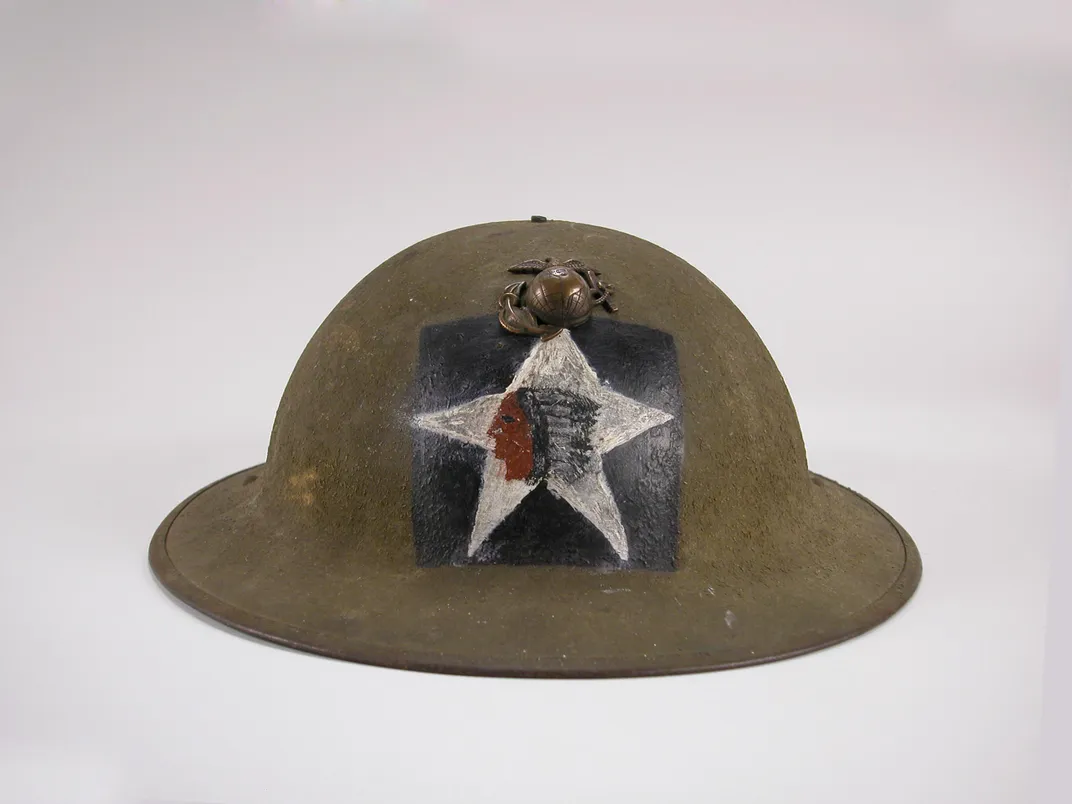
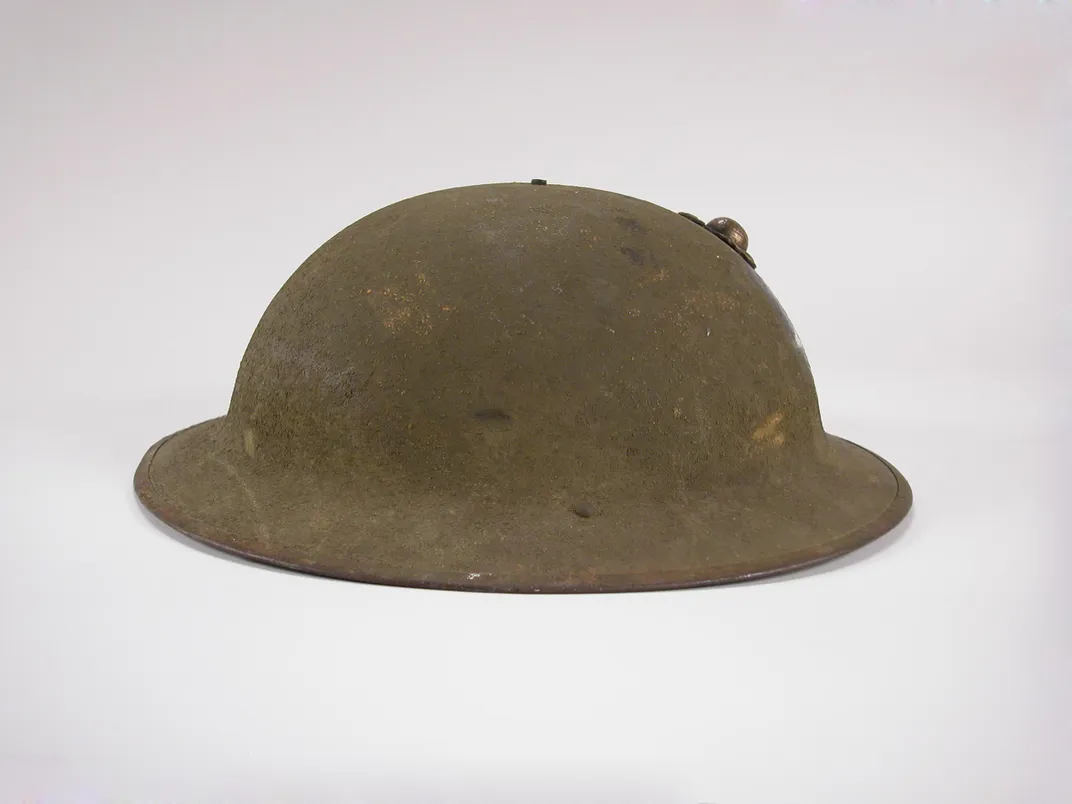
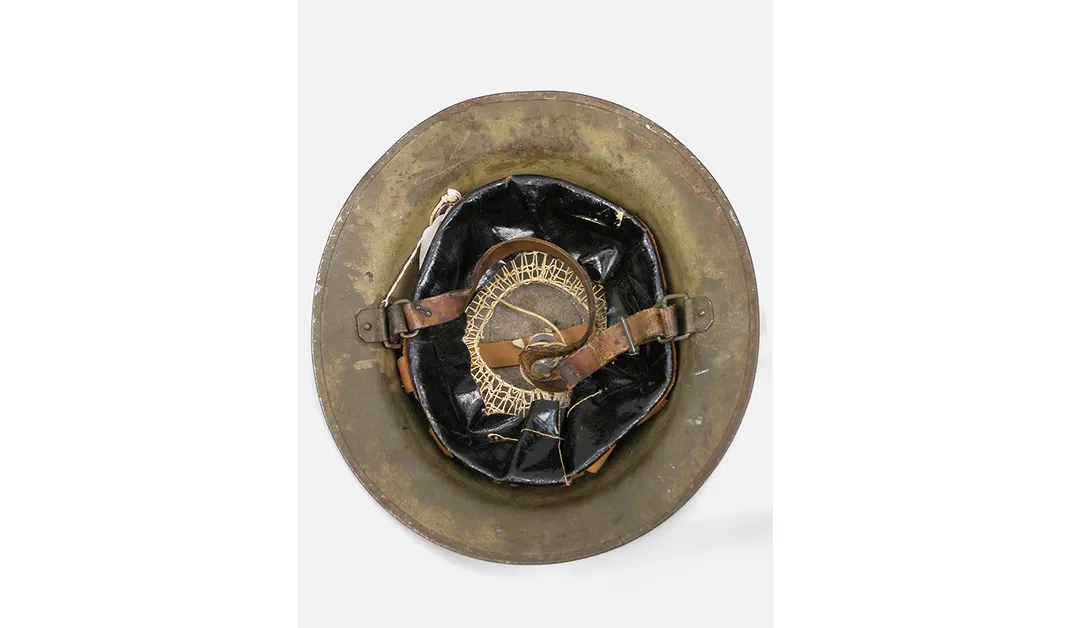
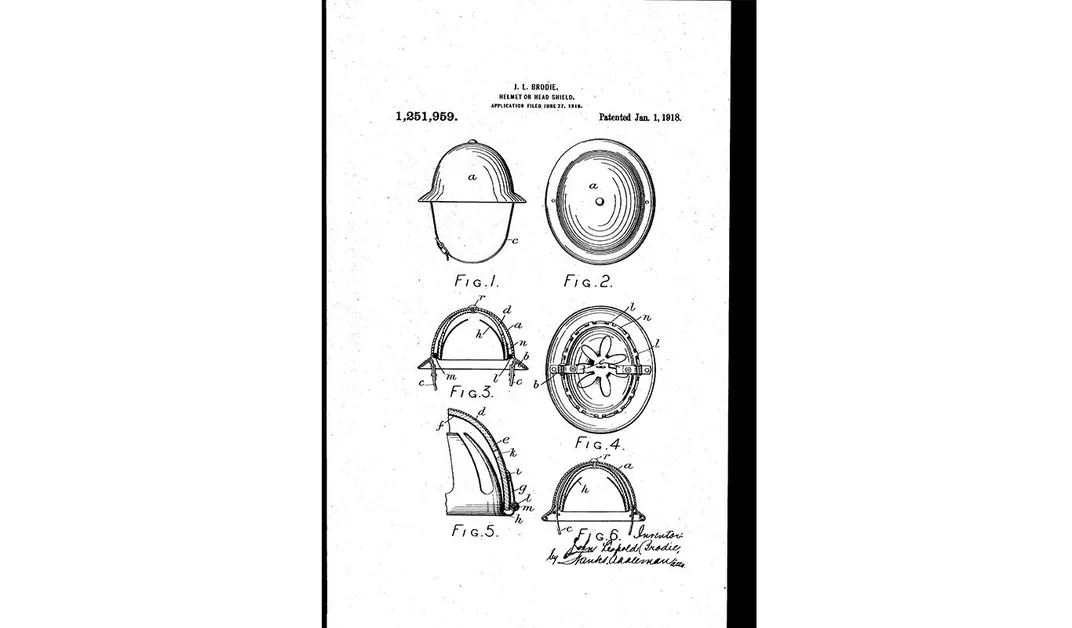
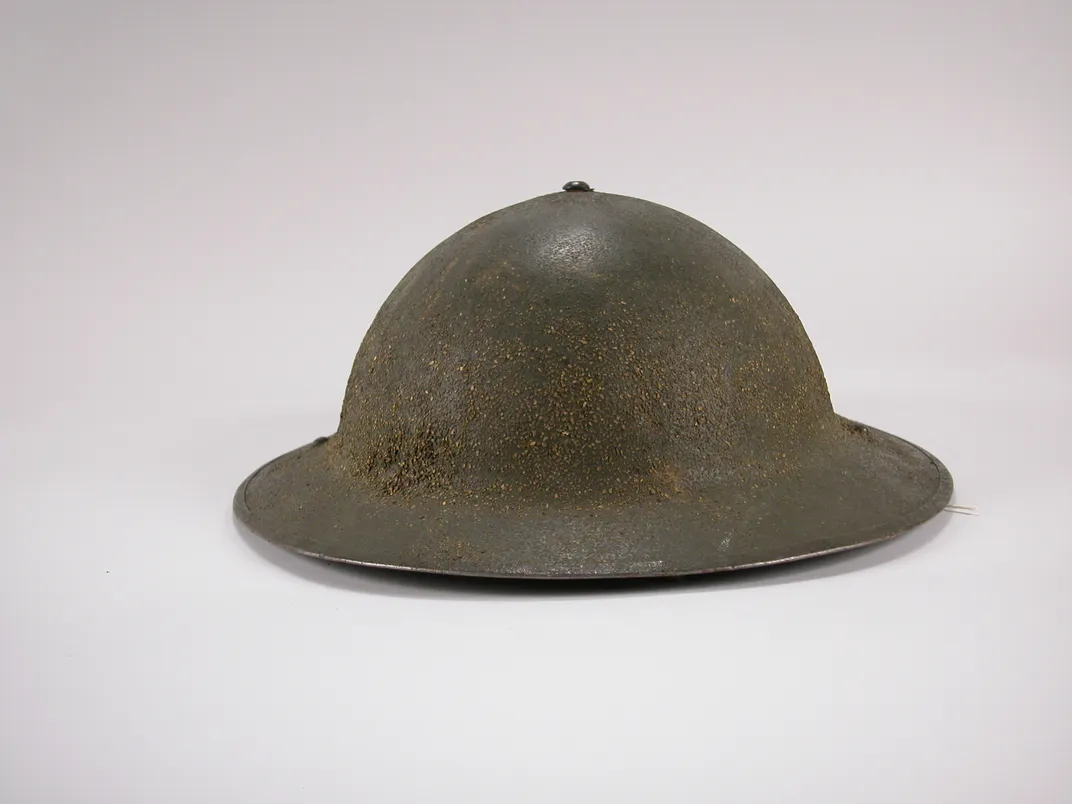
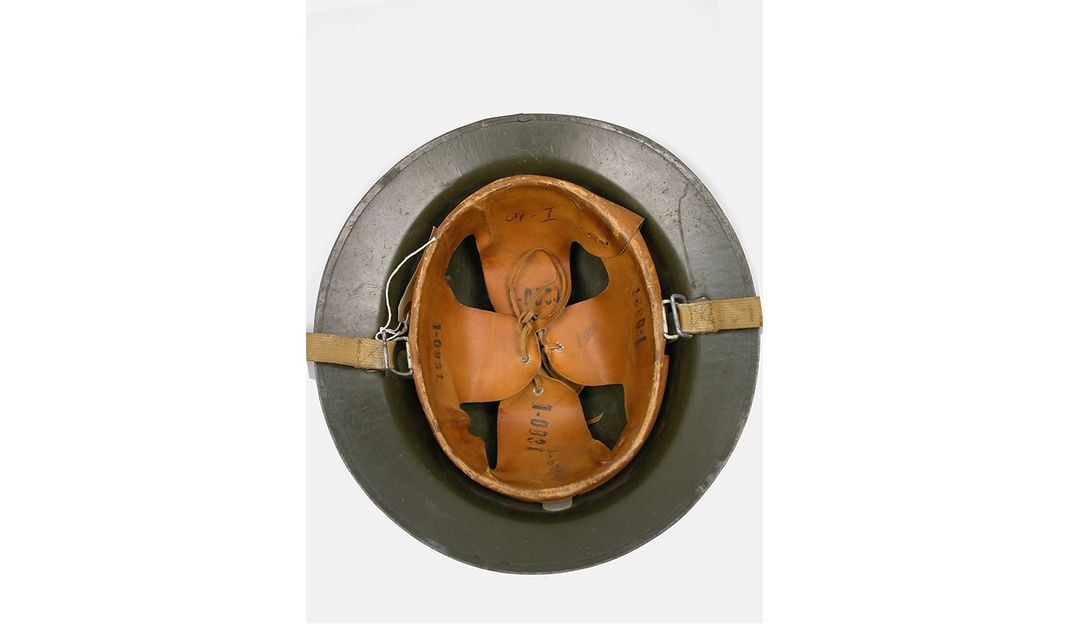
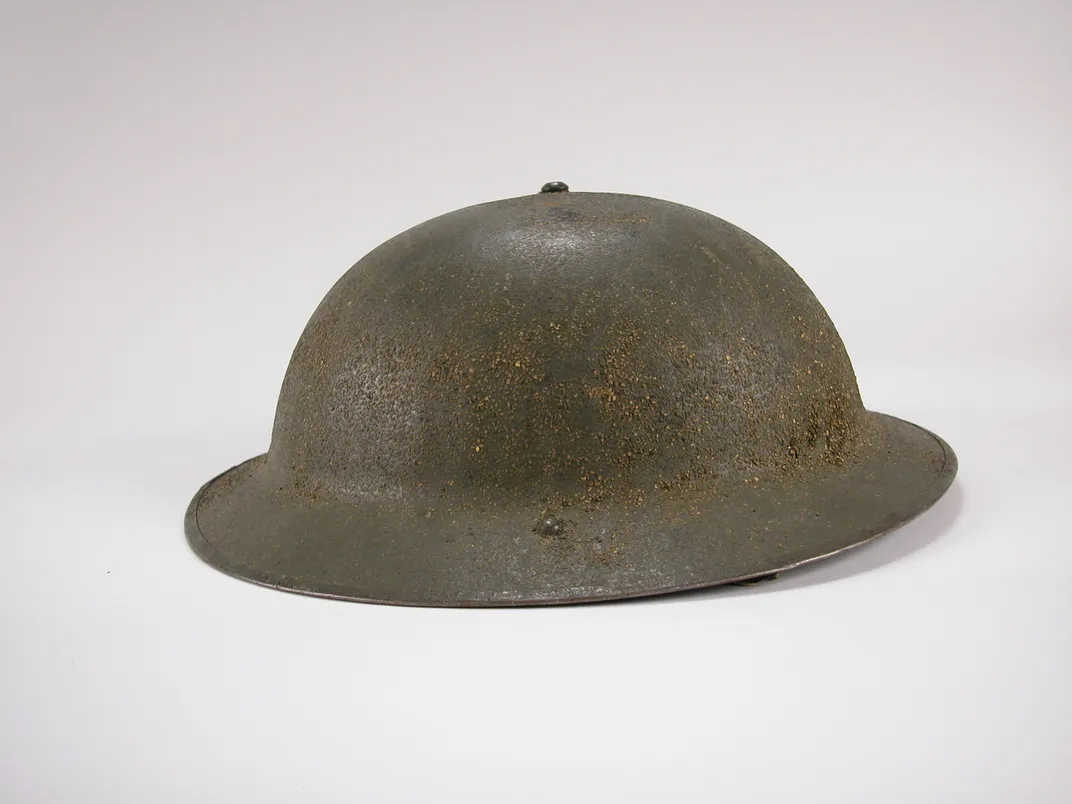
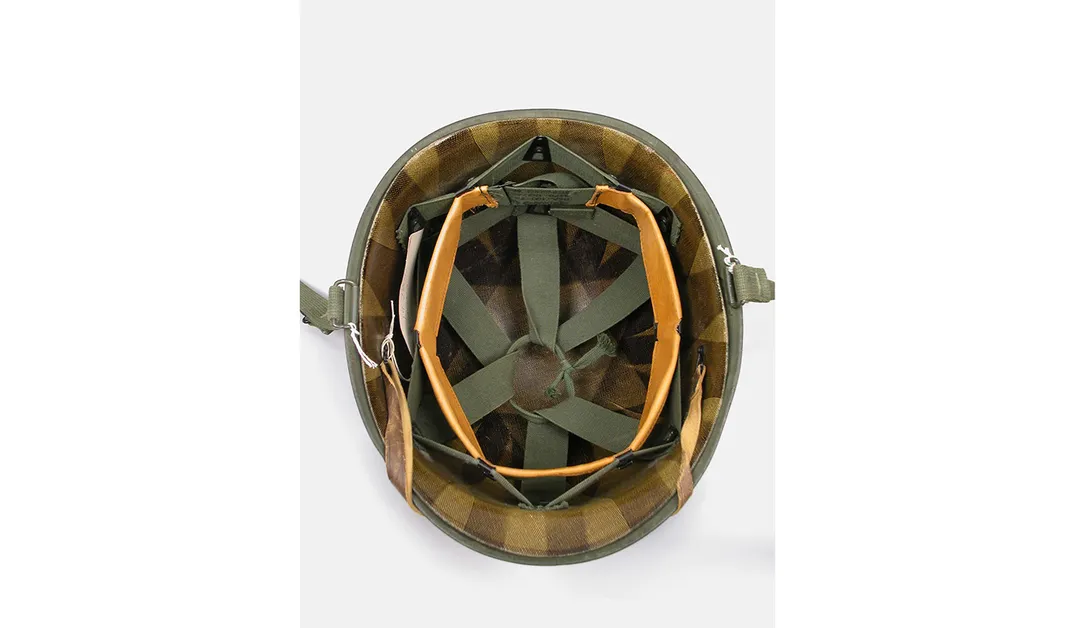
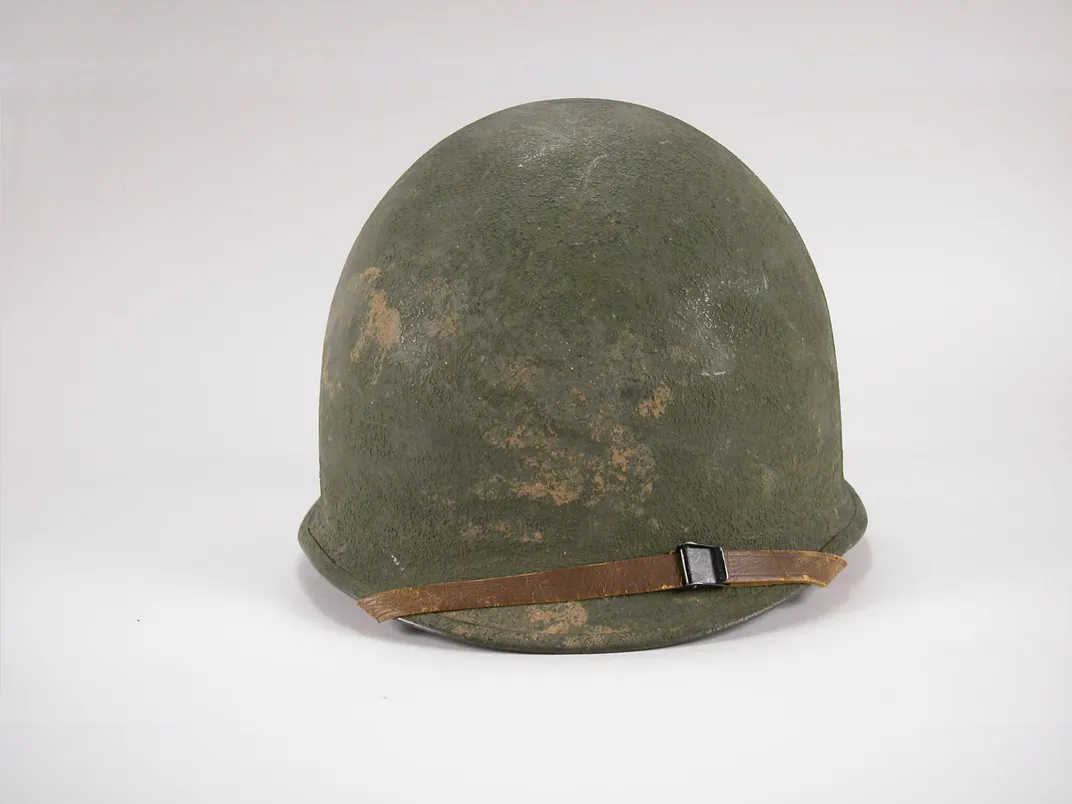
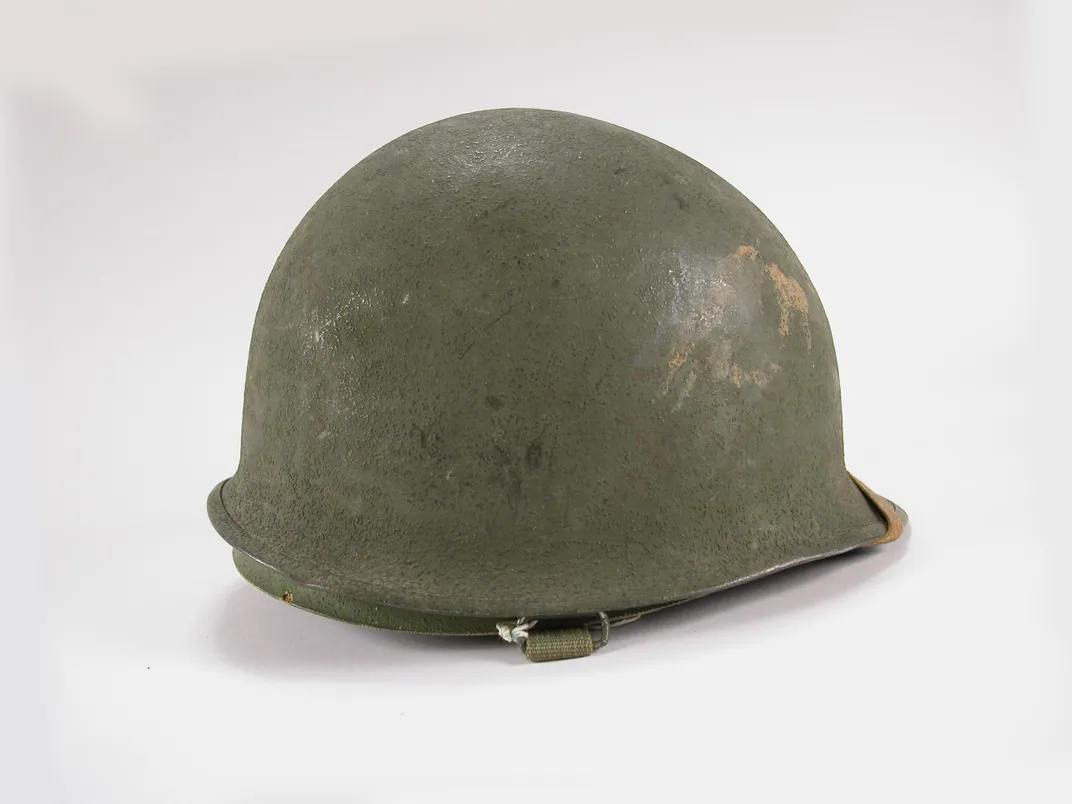
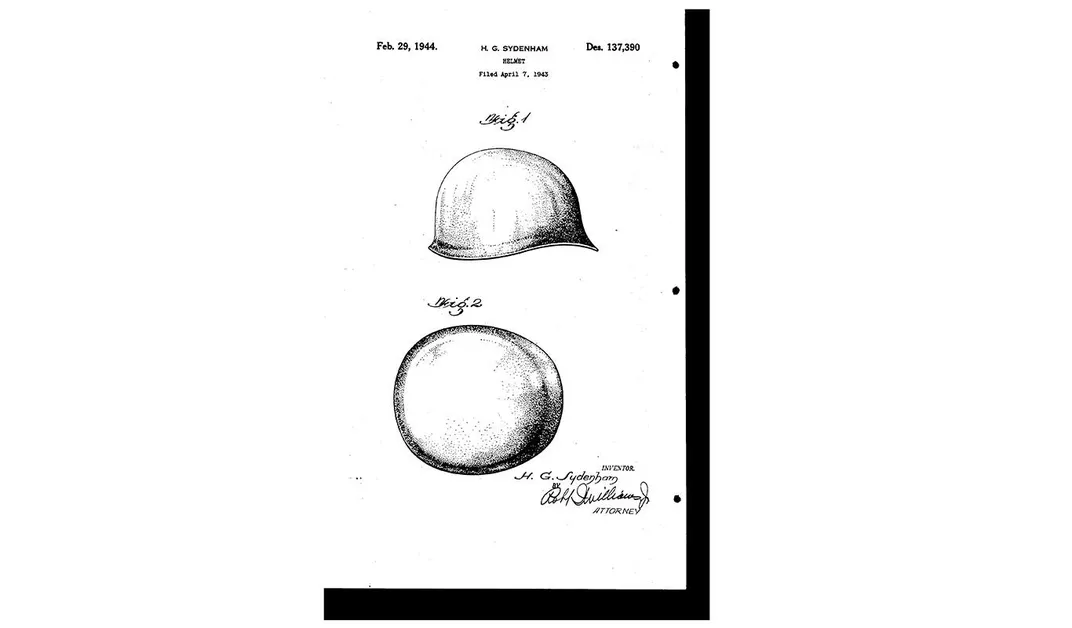
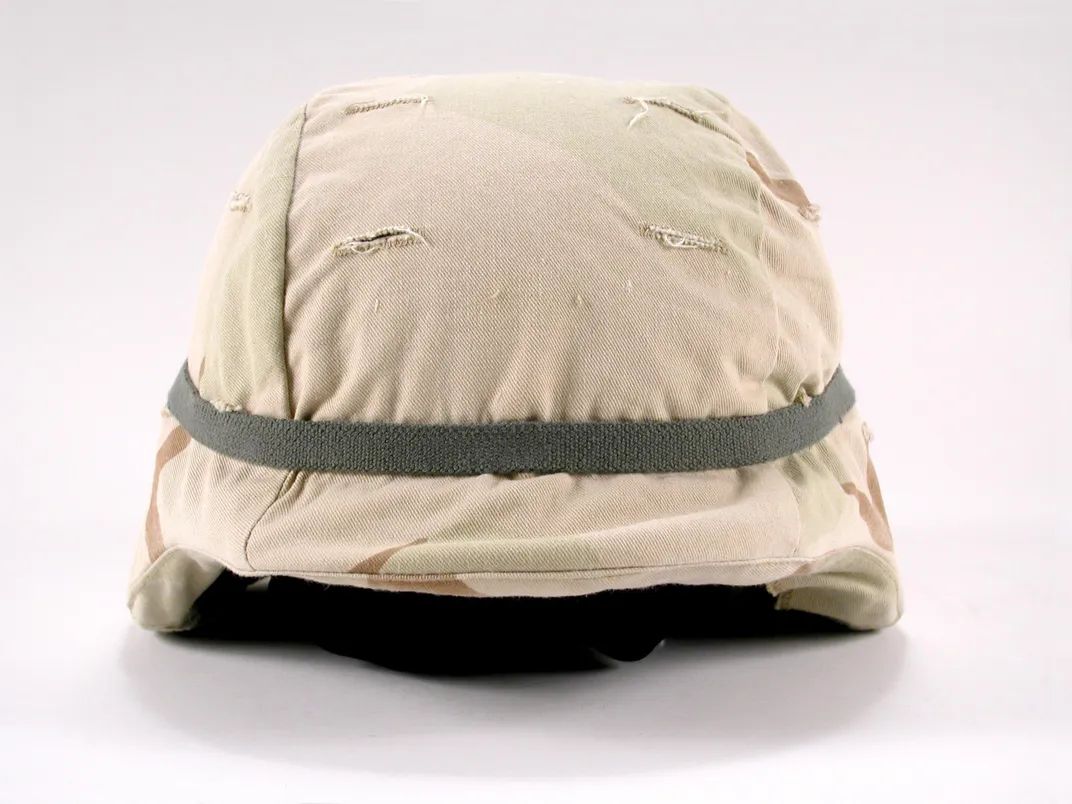
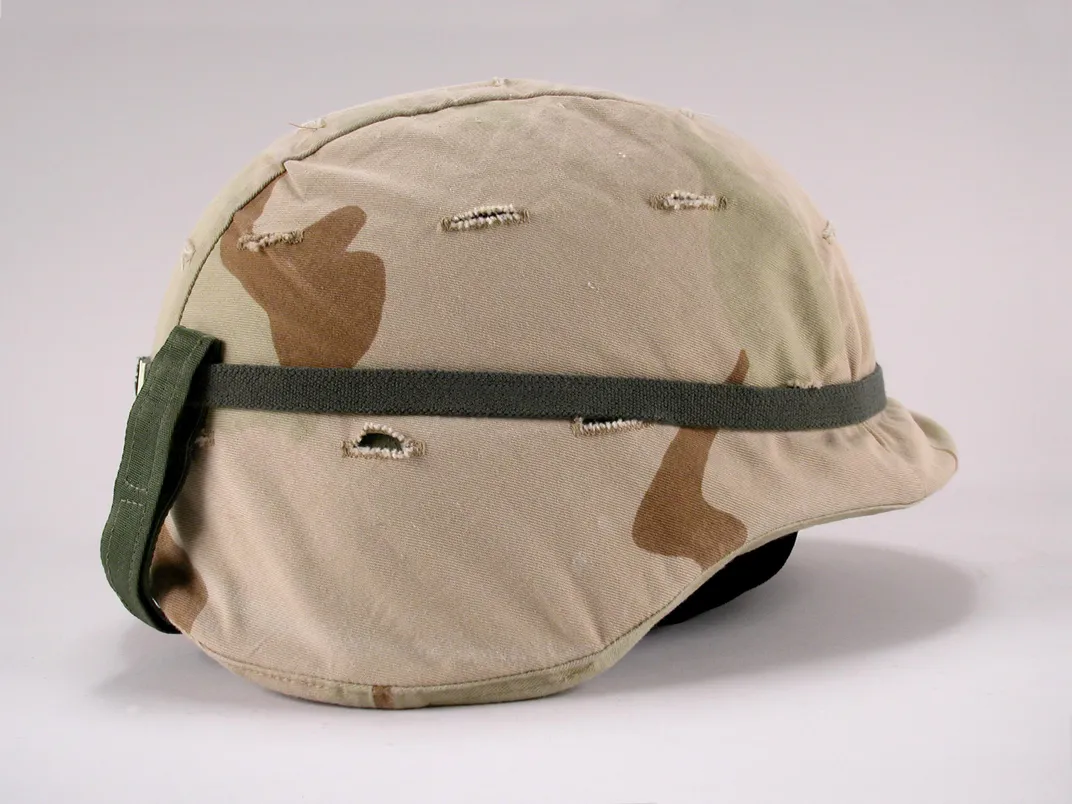
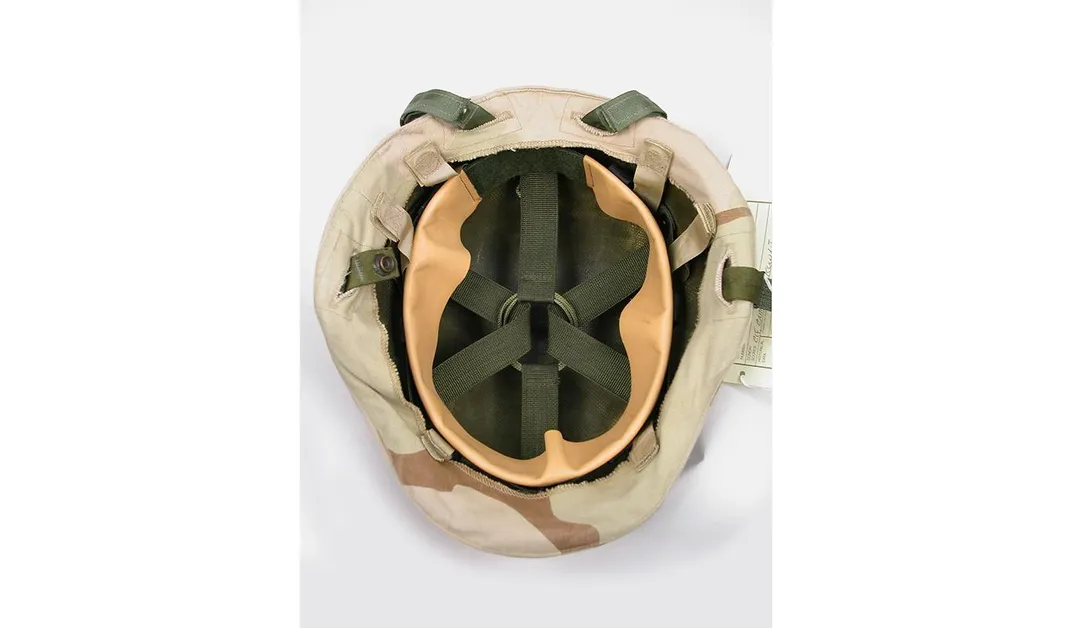
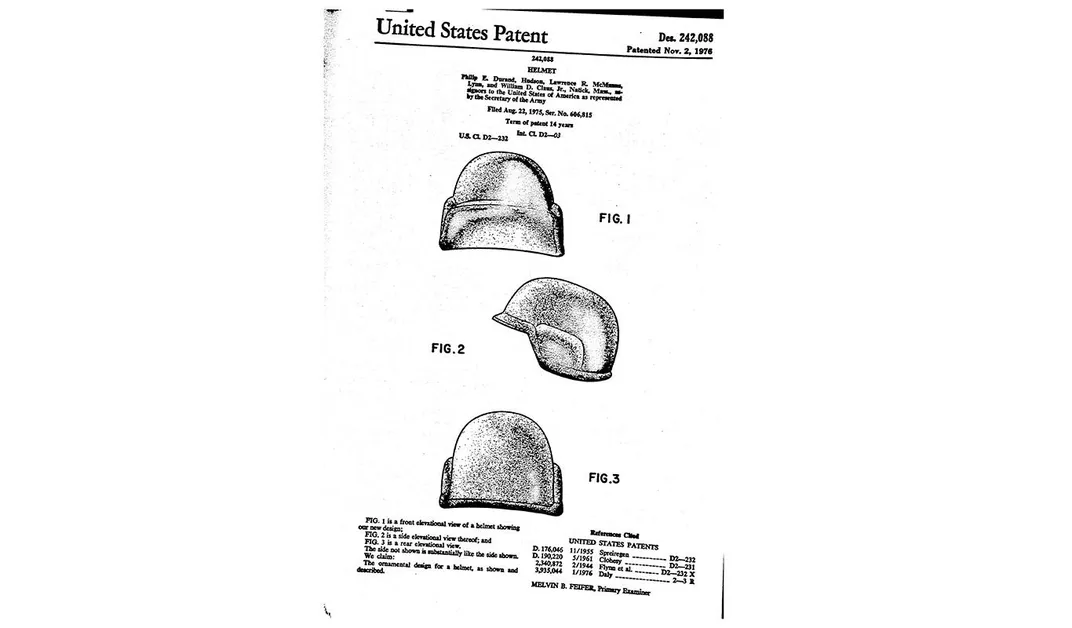
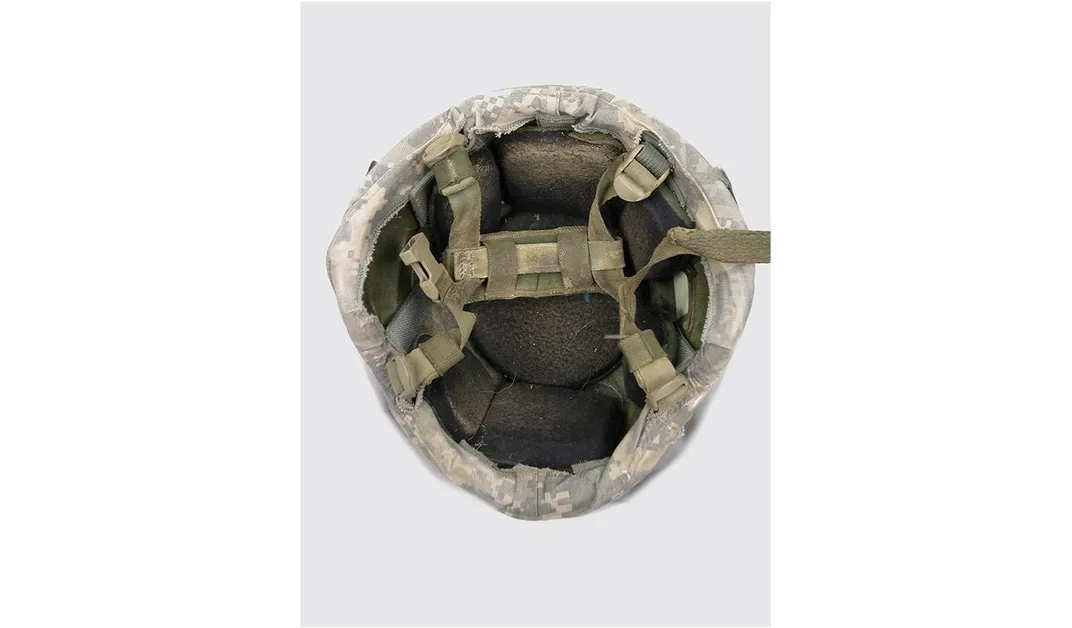
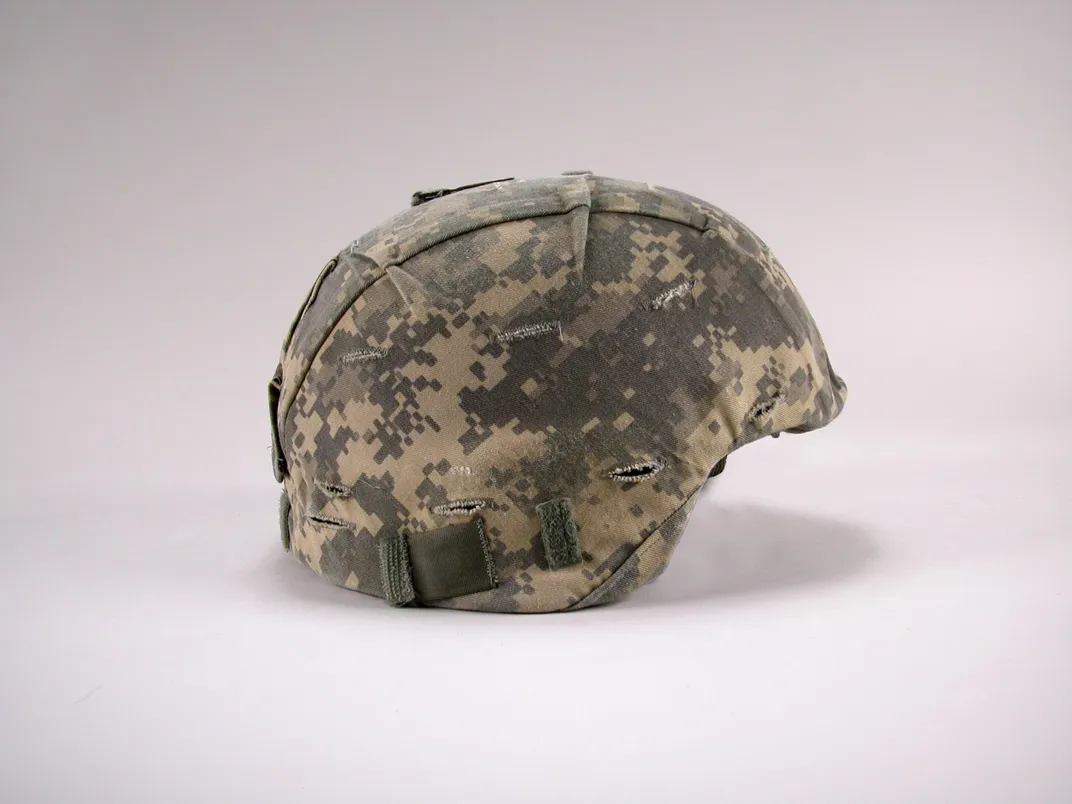
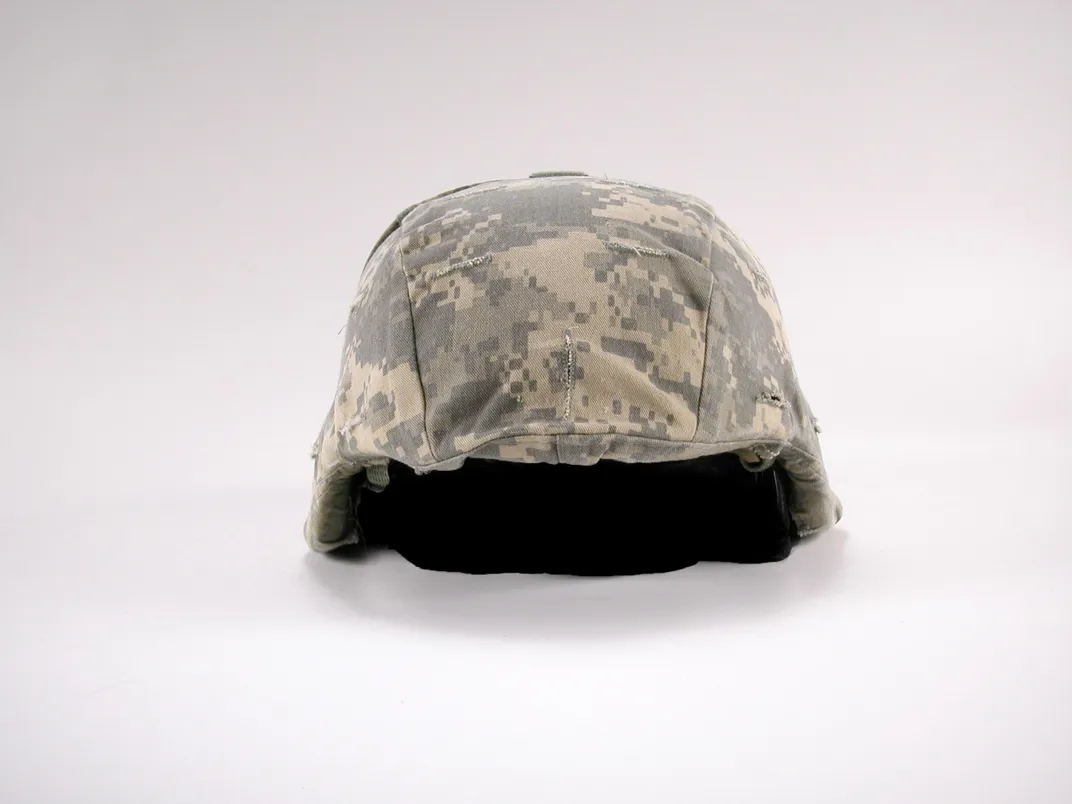
/https://tf-cmsv2-smithsonianmag-media.s3.amazonaws.com/accounts/headshot/Don4x5.tif)